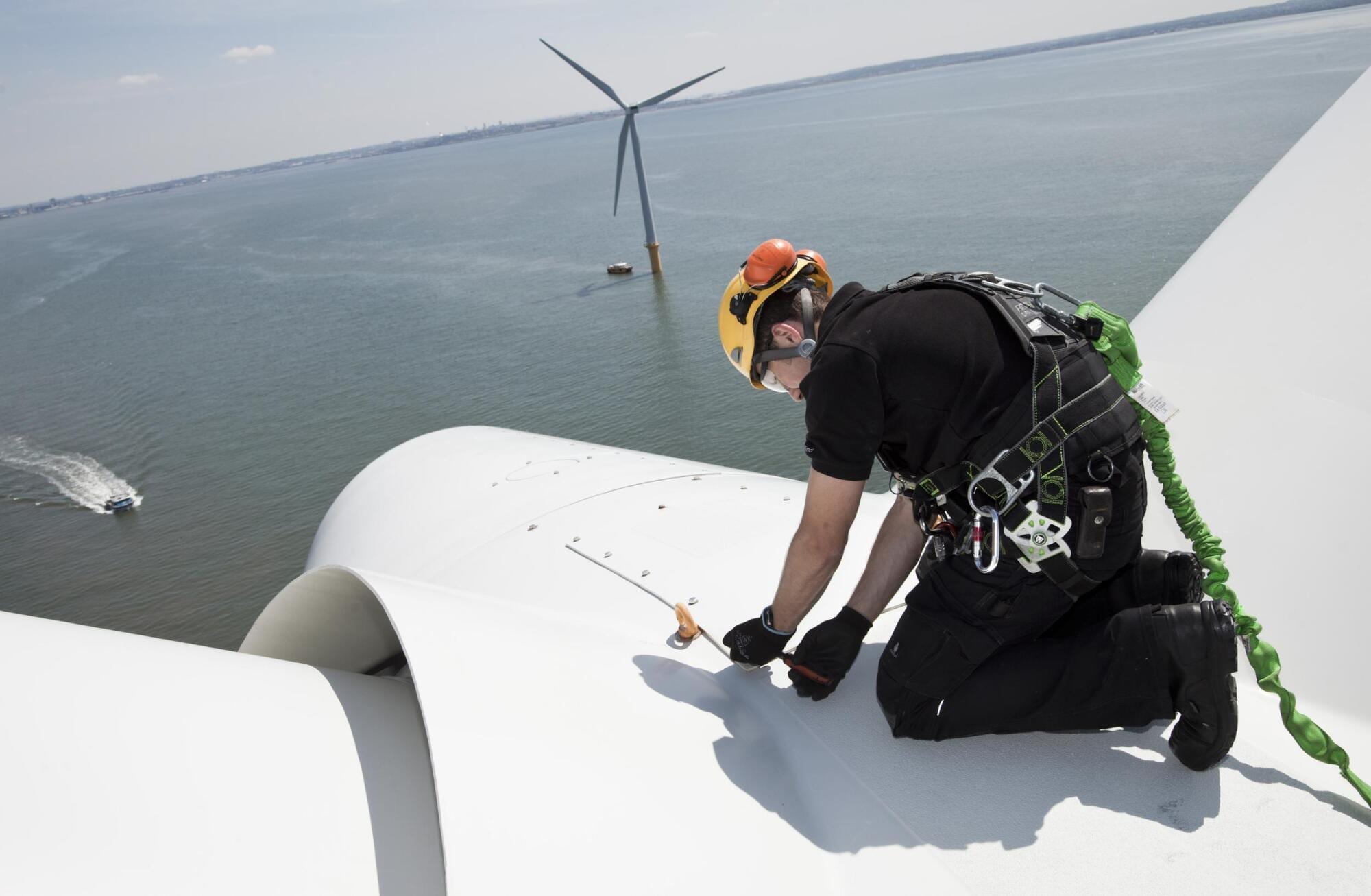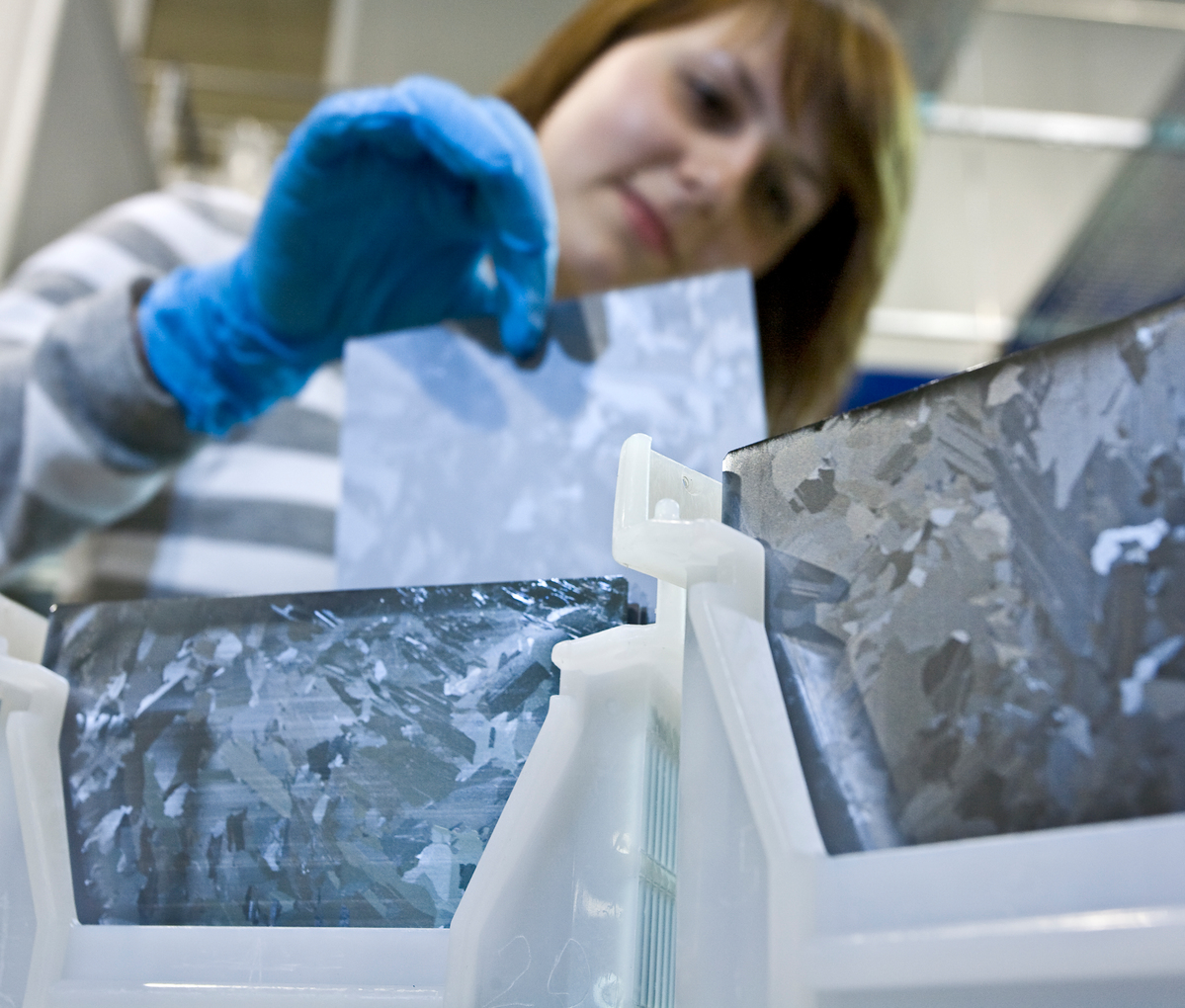As a grey Saturday dawns over Aberdeen’s Duthie Park, the regular early crowd of joggers and dog walkers are joined by a much stranger sight. A 13 metre-long wind turbine blade, gently lowered onto a stand by a crew of handlers.
Shaped into a graceful taper by skilled hands, this blade spent years slicing through the air, turning chilly winds into warmth and light for Scottish homes. But today it has a different job. The blade’s white-painted sides are giving the community a space to draw up its vision for a better future.
Since the discovery of oil and gas in the North Sea, northeast Scotland has been a hub for the UK’s fossil fuel sector. But as the industry fades away, communities have suffered from worsening conditions, and a lack of support for workers looking to move into renewables.
Greenpeace is touring the blade around the parks, high streets and town squares of northeast Scotland, supporting workers’ calls for a just transition away from fossil fuels. Over a few days we spoke to hundreds of people about clean energy, climate change, and what a just transition means to them.
“People need to work. We need people to work turbines, charge up buses with hydrogen, all that sort of thing.”
“There’s so many jobs that could be being done in Scotland that actually work with nature rather than against.”
“The [offshore workers’] skills are hugely transferrable into this new exciting industry”
“We’re definitely in a climate emergency and it’s clear to see that around the world right now.”
“We should start a just transition now and we can’t afford waiting.”
People also covered the wind turbine blade with their messages of hope and calls for change, turning it into a living petition for political leaders to do more.
Thank you to everyone that signed the blade and had a chat with us over the weekend!
The support for a just transition from oil and gas to renewable energy keeps growing 💚 pic.twitter.com/tZk3V6Zmyz
— Greenpeace UK (@GreenpeaceUK) July 4, 2021
Laid out on Duthie Park’s neatly cut grass, our blade-turned-petition seems huge. But it’d look like a toy next to the huge modern turbines that jostle with oil rigs on the North Sea skylines. These blades can be over 100 metres long, with a single rotation generating enough power to supply a house for two days.









